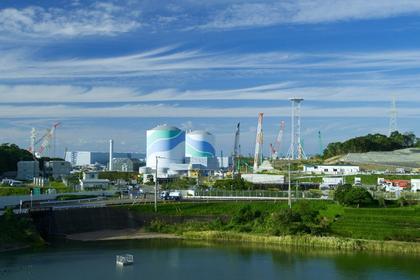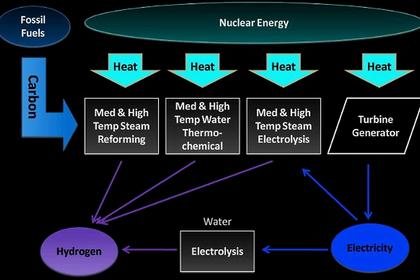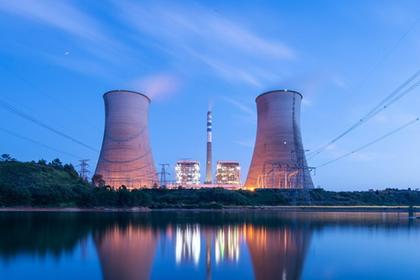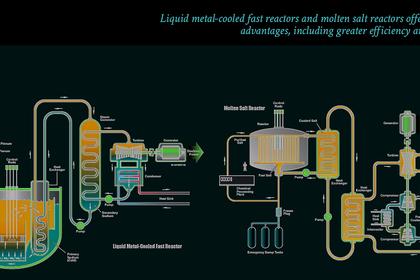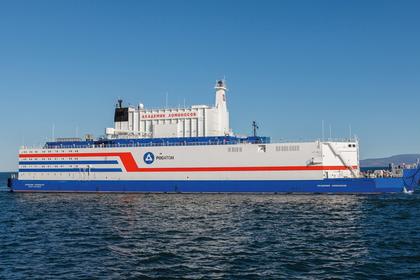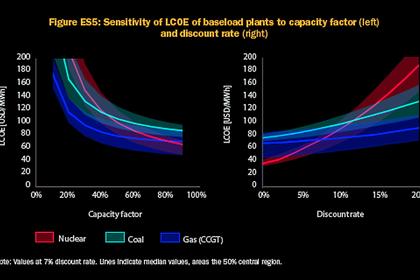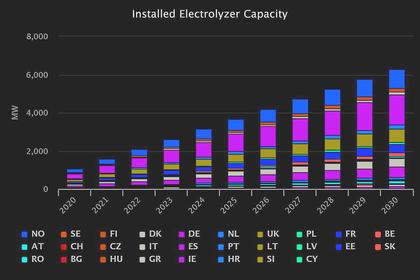
DIGITAL NUCLEAR ENERGY
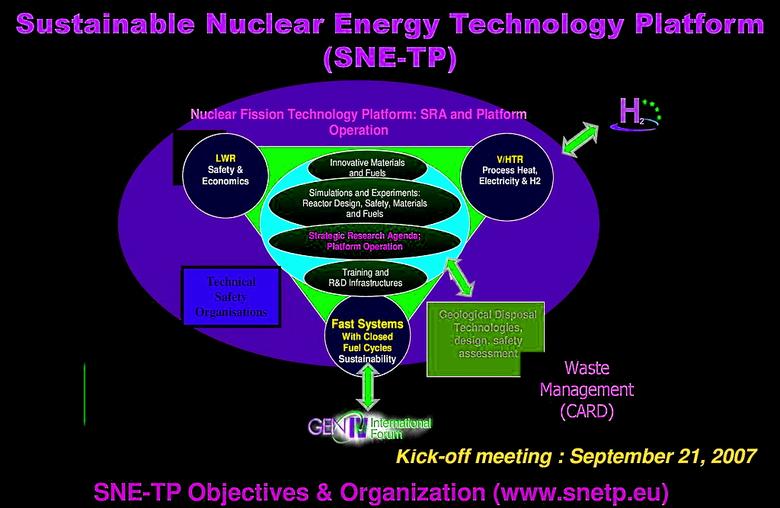
WNN - 03 February 2021 - The nuclear industry risks being left behind if it fails to follow the example of sectors like aviation to adopt digital technologies, William Magwood, director general of the OECD Nuclear Energy Agency (NEA) said yesterday. Speaking in the plenary session of SNETP Forum 2021, he said the research community must "make the case" for this.
SNETP - Sustainable Nuclear Energy Technology - was established in September 2007 as a research, development and innovation platform to support and promote the safe, reliable and efficient operation of Generation II, III and IV civil nuclear systems. Since May 2019, the Brussels, Belgium-based organisation has been operating as an international non-profit association under Belgian law pursuing networking and scientific goals.
Magwood highlighted a report the NEA published last year, Unlocking Reductions in the Construction Costs of Nuclear: A Practical Guide for Stakeholders, in which it identified there are technologies that can "make a difference".
"There are advanced construction technologies, even looking at how to analyse seismic events more accurately to be able to build facilities that can operate in a wide range of seismic environments," he said. "One of the most important areas examined in this report was how digital technology can help, and when I'm asked what can research do, I say that looking at digital technologies is the single most important thing that can be done by the technical community at this point."
Digital systems can provide increased productivity, improved engineering methodologies, improved supply chain integration, enable different operating modes and the online monitoring of components, he said, and these can make nuclear plants more cost-effective to build and operate.
For the nuclear industry to embrace digital technologies it is "a lot more difficult than it may sound", he said. "In many parts of the world, digital instrumentation at nuclear power plants is still an exotic idea. There are many places where we have had very slow adoption of new technologies and one of the most important principles that we have been discussing with our membership is that nuclear should not miss this next wave of technologies; the move into artificial intelligence and advanced manufacturing. If the nuclear sector misses those the way we did with digital I&C in most places, we're going to be left even further behind."
To address this, the NEA is organising a workshop on disruptive technologies in cooperation with the Korea Atomic Energy Research Institute. This will be a series of webinars, beginning on 17 March, that will analyse issues such as, how digital technologies can affect nuclear safety, how to ensure a future for safe nuclear power plant operation using robotics, and how advanced manufacturing can be adopted at nuclear facilities.
"Our intent is to bring the regulators into the conversation upfront because we think regulators are going to be critical to the successful deployment of these technologies," Magwood said, adding that the NEA also plans to hold a workshop on digital transformation in the nuclear industry.
"So there's a lot of work in this area, but it's important to highlight that what we have also learned is that the reason the nuclear sector is behind in many of these areas is not because of the technology itself; it's really because of the way we're structured as an industry and as a sector," he said.
In December last year, the NEA, in cooperation with the Canadian Nuclear Safety Commission, held a Multi-sector workshop on innovative regulation: Challenges and benefits of harmonising the licensing process for emerging technologies.
"I personally learned a great deal because I've often asked people why is nuclear different from the aircraft construction industry; why is it that you can build an Airbus A320 in Europe and have it fly successfully in Japan, in the United States and anywhere else, without having to go through a full-fledged reassessment of the safety of that design in every country. And why can't we do that in the nuclear sector. I think that's a really important question we're going to be faced with as we go forward."
One thing is clear, he said, the research community "can't fix this on its own".
"We need a full-sector approach, including governments. One of the most important things that we learned as we went through this discussion is that other industries have very comprehensive international standards that are developed by the whole sector. This includes the regulators, the industry, the laboratories, academia, and governments, working together on a common purpose to achieve advances in technology. This requires a very high level of trust between industry regulators and government," he said.
"When you look at a lot of these other sectors, you see that kind of cooperation, and also a driving desire to apply new technologies. That is a component we often don’t see in the nuclear sector. Too often in the nuclear sector, we feel it's important to stay with the safe, predictable, well-understood and well-known, as opposed to looking at the edge of technology, which is the character of a lot of other industries."
Without comprehensive standards, without trust between regulators and industry, and without a driving need to innovate, it will be very difficult for the nuclear sector to keep up with technological change, he said.
"This is not simply a technology question. We're looking at new technologies all over the world. There are over 70 different small reactor projects that are under way in many countries. There are many interesting technologies, many are very innovative, many are not using lightwater technologies. But the weakness that we have as a community is that, because we are not well-integrated internationally in the way that other industries are, it's always going to be more difficult to do. And as long as we don’t have the innovation culture that we had in the past, there's going to be a reluctance to adopt new thinking. So we really need to go beyond just the research, and bring the whole sector into the 21st Century. That is much harder than what can be done in a research lab."
The new disruptive digital technologies will be "game-changers across industries, across sectors throughout the world", he said, and it's essential that nuclear is "not be left behind", and the research community should "really make a cause" of this to ensure that the nuclear industry keeps pace with other industries in adopting these technologies.
-----
Earlier:
